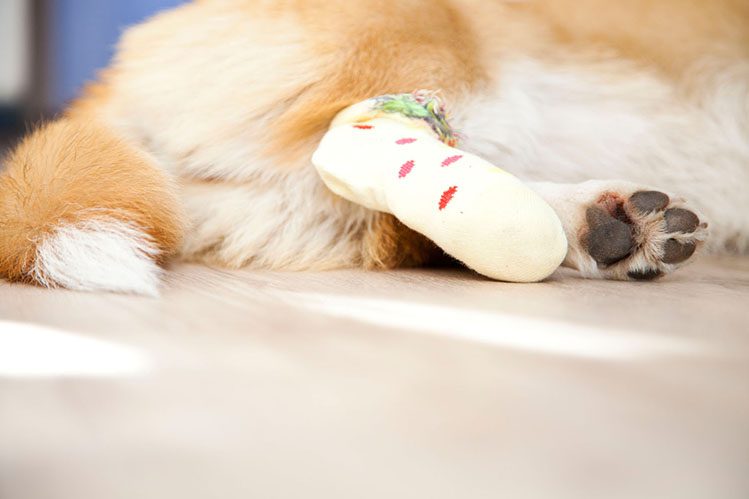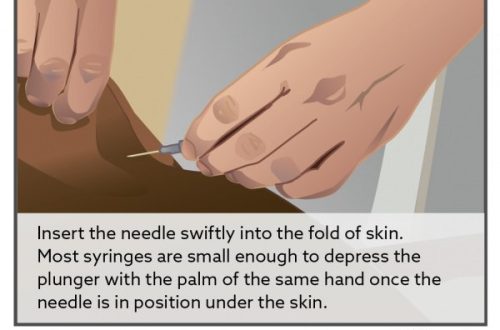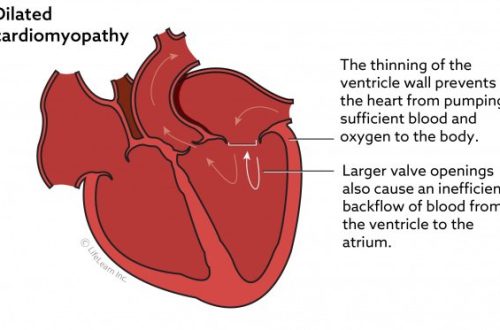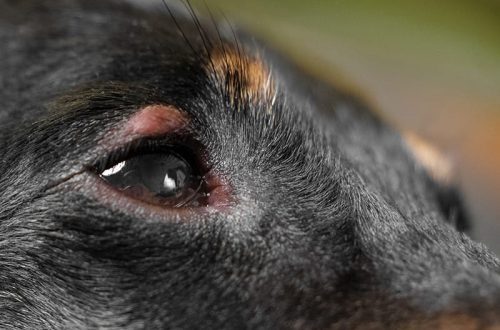
How to treat a wound in a dog?
What to do if the dog is hurt? What means to treat the wound? In an emergency, it can be difficult to collect your thoughts and your hands are drawn to the familiar brilliant green or iodine. But be careful! Unsuitable products will only increase the pain of the pet and worsen the situation. In our article, we will talk about how and how to treat a wound to a dog at home.
No matter how attentive the owner is, not a single dog is immune from injury. A pet can cut its paw during a walk, suddenly get involved in a skirmish with comrades and get a bite – in a word, there can be a lot of cases, and every responsible owner should be ready for them.
If blood flows profusely from the wound, under pressure, it is necessary to stop the bleeding by applying a tourniquet and bandage and deliver the dog to the veterinary clinic as soon as possible. A tourniquet and tight bandages can only be applied to the limbs (paws and tail) and for no more than 1 hour.
The neck is not a limb, do not put tourniquets and tight bandages on it. Also, do not apply tight bandages to fractures. If you doubt the presence of a fracture, consider that it is.
In other cases, it may be enough to treat the wound yourself, with the help of a suitable remedy, which should always be in your first aid kit. Such wounds include shallow abrasions and scratches. If the wound is bitten, lacerated, you do not know what kind of wound, it has cavities, is localized in the chest or abdominal cavity, immediately contact a veterinary clinic.
Contrary to stereotypes, this is by no means alcohol iodine or brilliant green. Why? – These products burn mucous and cannot be used to disinfect wounds.
On a small cat or dog, iodine and brilliant green can be poisonous!
Hydrogen peroxide is also not the best solution. When peroxide comes into contact with blood, a lot of heat is generated, which can lead to an additional burn of the wound. Also, hydrogen peroxide by itself will create unfavorable conditions for wound healing. It can only be used to remove blood from intact coat and skin.
But chlorhexidine, also a familiar remedy, is a powerful and safe antiseptic. It can be applied to the wound, it does not burn and is not addictive.

You can use just saline. If there is nothing at all, but you need to rinse, then use clean running water.
You need to rinse 1-2 times a day. The main thing is to remove dried blood and dirt. The wound must be clean. Do not rub the surface of the wound. Remember that in cats and dogs, unlike people, the wound does not heal under the scab (crust). All crusts in cats and dogs are a source of infection.
When treating a wound with special means, it is important to follow the instructions for use. In case of self-doubt, inflammation, purulent discharge, etc., contact your veterinarian as soon as possible.
Take care of your pets, and let reliable assistants always be at your fingertips – both at home and on travels!
The article was written with the support of an expert: Mac Boris Vladimirovich, veterinarian and therapist at the Sputnik clinic.






